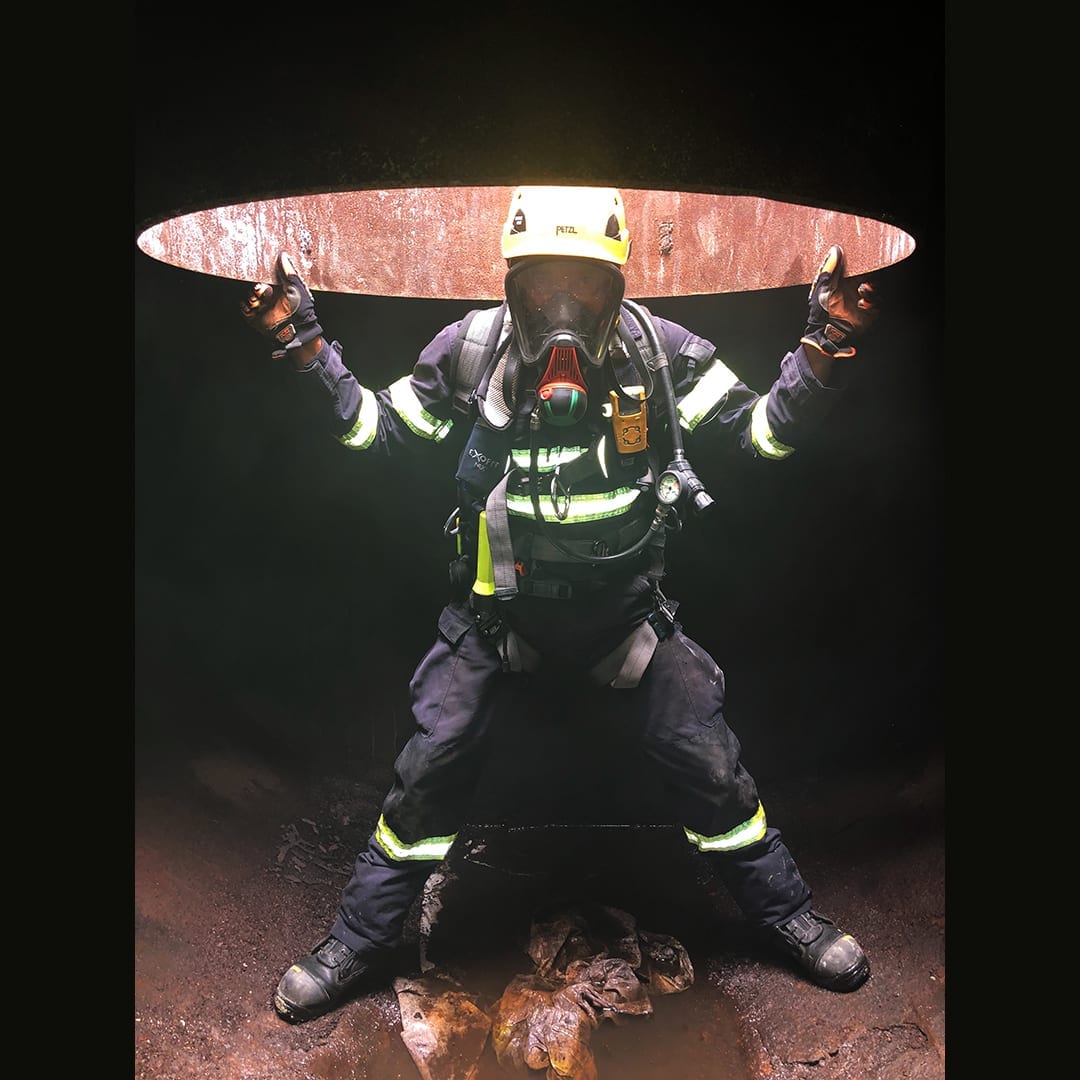
What are we breathing into our body from using Breathing Apparatus?
Attending Safety Training at Newcastle Rescue & Consultancy understands and supports the quest for knowledge includes failure, and that just because one person may know less than others, they should not be afraid to ask rather than pretend they already know.
“(There’s) no such thing as a stupid question”
People often think, “I’m sure everyone knows this already, I don’t want to embarrass myself by asking.” Actually, ‘dumb’ questions can inspire others who are also scared to ask, thus enabling a deeper understanding of the topic being discussed.
The late Carl Sagan – one of the most well-known astrophysicists of the late twentieth century and likely never accused of being stupid – had this to say:
“There are naive questions, tedious questions, ill-phrased questions, questions put after inadequate self-criticism. But every question is a cry to understand the world. There is no such thing as a dumb question.”
So, in that space and spirit what are the differences when using breathing apparatus in a confined space in comparison with scuba diving and to being put on oxygen when in hospital?
1. When using a breathing apparatus in a confined space, the cylinder typically contains compressed breathing air or another suitable breathing gas mixture, depending on the specific application and hazards present in the environment. The choice of breathing gas can vary depending on factors such as the depth of the confined space, potential contaminants, and the duration of the operation. Here are some common options:
- Compressed Air: Compressed air is the most common breathing gas used in confined spaces. It consists of normal atmospheric air compressed to a high pressure and stored in the cylinder. It is a simple and cost-effective option but may have limitations in terms of duration due to the volume of air that can be stored in the cylinder.
- Nitrogen: In some situations, especially in industrial settings, nitrogen may be used as the breathing gas. Nitrogen is inert and does not support combustion, making it suitable for environments with flammable gases or materials. However, it should be used with caution, as breathing pure nitrogen can lead to hypoxia if the oxygen concentration drops too low.
- Oxygen: In certain situations where oxygen deficiency is a concern, pure oxygen or enriched oxygen mixtures may be used to ensure an adequate oxygen supply for the wearer. This is particularly important when working in environments where the normal oxygen concentration is below 21%, such as confined spaces with inert gases or in high altitudes.
- Helium: Helium-oxygen mixtures, often referred to as heliox, can be used in situations where there is a need to reduce the density of the breathing gas, such as for deep-sea diving or working in extremely deep or pressurized confined spaces. Helium reduces the risk of nitrogen narcosis and decompression sickness at depth.
The choice of breathing gas and its specific composition should be determined based on a thorough assessment of the confined space, including its potential hazards, oxygen levels, and other environmental factors. The use of appropriate gas monitoring equipment and adherence to safety procedures are essential to ensure the safety of workers in confined spaces. Additionally, workers using breathing apparatus should receive proper training in its operation and safety protocols
2. When scuba diving, the tank you breathe from typically contains compressed air or a mixture of gases, depending on the type of diving you’re doing. The most common gas used in scuba diving tanks is regular atmospheric air, which is a mixture of approximately 21% oxygen and 79% nitrogen. This is referred to as “air” or “nitrox” if it is a slightly modified mixture with a different percentage of oxygen.
In addition to regular air, there are specialized gas mixtures used in scuba diving:
- Nitrox: Nitrox is a blend of oxygen and nitrogen with a higher percentage of oxygen than regular air, usually between 22% and 40% oxygen. Nitrox is often used in recreational diving to extend no-decompression limits and reduce the risk of decompression sickness.
- Trimix: Trimix is a mixture of oxygen, nitrogen, and helium. It is used in technical diving, particularly for deep dives, to reduce the narcotic effects of nitrogen at depth and minimize the risk of oxygen toxicity.
- Heliox: Heliox is a mixture of oxygen and helium, often used in very deep diving and commercial diving operations where nitrogen narcosis and oxygen toxicity become significant concerns.
The specific gas mixture you use depends on the type of dive, depth, and your training level. It’s essential to be properly trained and certified to use these different gas mixtures, as they have specific safety considerations and require knowledge of their effects on the body at depth. Always dive within your training and experience level and follow safe diving practices.
3. When you are in a hospital and are put on oxygen therapy, you are typically breathing in medical-grade oxygen. Medical oxygen is a highly purified form of oxygen that contains almost no impurities or contaminants. It is administered to patients to increase the amount of oxygen in their bloodstream when they are experiencing respiratory difficulties or have conditions that lead to low oxygen levels in their blood.
The oxygen is typically delivered through various devices such as nasal cannulas, oxygen masks, or even mechanical ventilators, depending on the severity of your condition. These devices regulate the flow of oxygen and ensure that you receive the appropriate concentration of oxygen for your specific medical needs.
Medical-grade oxygen is produced through a process known as oxygen concentrators or oxygen cylinders, and it is rigorously tested to ensure its purity and safety for medical use. The goal is to provide patients with a controlled and consistent source of oxygen to support their breathing and overall health while in the hospital.

